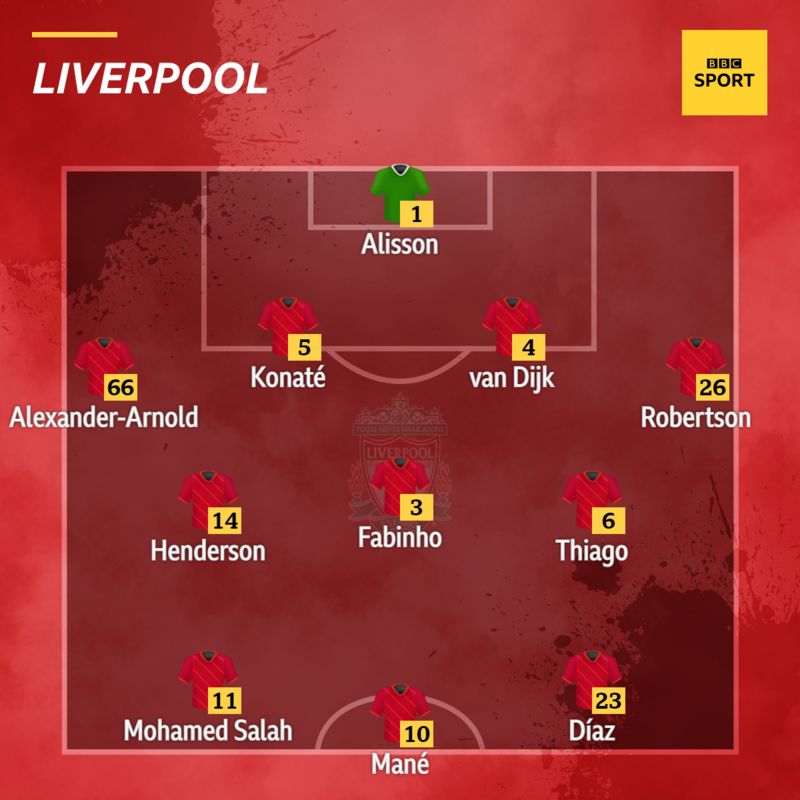In the ever-evolving world of football, coaches constantly search for innovative tactics to gain an edge over their opponents. One formation that has gained significant popularity in recent years is the 4-3-3. In this article, we will explore the uses, benefits, and weaknesses of this formation and why it has become a favorite among coaches.
How to Play a 4-3-3 Formation
The 4-3-3 formation is renowned for its attacking prowess. It consists of three key layers: the defensive unit, the midfield trio, and the attacking trident. At the back, four defenders, including a right-back, two center-backs, and a left-back, protect the goal. The midfield is composed of three central midfielders, who can be organized in various ways to suit the team’s style. Finally, the attack is led by a front three, typically consisting of two wingers and a central striker.
This formation provides a well-balanced structure, ensuring optimal coverage of the pitch. Different coaches may employ variations within the 4-3-3, such as dropping one midfielder back to act as a holding midfielder for defensive stability or pushing one midfielder forward to support the attack. One exciting variation is the “false nine,” where the central forward drops deeper, allowing the wingers to exploit the opposition’s defense effectively.
Strengths of the 4-3-3 Formation
One of the primary advantages of the 4-3-3 formation is its ability to press the opposition effectively. Coaches like Jurgen Klopp, known for their intense gegenpressing strategy, favor this formation. The forward line engages in high-intensity pressing, forcing mistakes from the opposition and creating scoring opportunities. However, the attacking threat is not limited to the front three.
The midfielders, in addition to defensive duties, dominate possession and facilitate ball progression. The passing angles created by the midfield trio enable intricate and precise passing, reminiscent of the renowned “tiki-taka” style of play. Furthermore, the full-backs provide width by making overlapping runs from deeper positions, offering alternative attacking routes. Teams like Liverpool, with full-backs like Trent Alexander-Arnold and Andrew Robertson, exemplify the effectiveness of this tactic.
(Source: BBC Sport)
Weaknesses of the 4-3-3 Formation
While the 4-3-3 formation excels in attack, it can leave teams vulnerable defensively, especially if the full-backs push high up the pitch. Counter-attacks, particularly against a high defensive line, pose a significant threat. Aston Villa’s stunning 7-2 victory over Liverpool during the 2020-21 season highlighted this vulnerability.
Fitness is also vital when employing the 4-3-3 system. The players must have the stamina and energy to execute pressing and contribute to both ends of the pitch. Full-backs and central midfielders, in particular, require high levels of fitness due to their extensive involvement in the game. Additionally, an over-reliance on talented players in key positions, such as the central defensive midfielder, can hinder teams that lack depth in these areas.
However, despite these weaknesses, the 4-3-3 formation remains a popular choice for many successful teams.
Clubs and Managers Embracing the 4-3-3 Formation
Numerous illustrious teams have achieved great success through the implementation of the 4-3-3 formation. The tactic traces its roots back to the 1960s when Brazil and England employed variations of this system. However, it wasn’t until the Netherlands’ famous “Total Football” tactic in the 1970s that the 4-3-3 truly flourished. Johan Cruyff’s Barcelona and Pep Guardiola’s iconic late 2000s Barcelona team made the formation famous.
Guardiola continued to utilize the 4-3-3 formation during his tenure at Manchester City, including their record-breaking 2017-18 season. Jurgen Klopp, another advocate of the system, achieved tremendous success at Liverpool, often deploying a “false nine” variation. These teams demonstrated the effectiveness of the 4-3-3 formation in terms of possession dominance, suffocating opponents, and playing attractive, passing football.
While the 4-3-3 formation has proven to be formidable, opponents have found ways to counter it. Let’s explore how teams can defend against this tactical setup.
How to Stop a 4-3-3 Formation
Although the 4-3-3 formation provides a strong foundation, opponents can find ways to neutralize its effectiveness. One approach is to play around the opposition’s pressing rather than attempting to play through it. By adopting an unorthodox formation, like a 3-3-4, teams can stretch the play wide, nullifying the impact of the wide players in the 4-3-3 formation.
Defending against a 4-3-3 requires patience and precise passing, especially when under intense pressure. It is crucial to have central defenders capable of playing the ball effectively. Exploiting the high defensive line by playing early balls behind the opposition’s defense can create one-on-one situations with the goalkeeper. While the high defensive line has its benefits, it can also be exploited by opponents.
Fitness plays a crucial role when facing a 4-3-3 formation. Teams must match or exceed the opposition’s levels of stamina and energy. Employing a focused defensive strategy and finding ways to beat the opposition’s pressing can effectively neutralize the 4-3-3 formation.
Frequently Asked Questions
- Is the 4-3-3 formation the best in football?
There is no definitive answer to this question as success in football depends on multiple factors. The 4-3-3 formation has produced some of the greatest teams in recent years, but it also has its weaknesses. Other formations, such as the 3-5-2, have gained prominence in modern football. Finding a balance that suits the team’s personnel and plays to their strengths while exploiting opposition weaknesses is the key to success in football.
Conclusion
The 4-3-3 formation has become a favorite among coaches due to its attacking capabilities, pressing intensity, and possession dominance. Teams like Barcelona, Liverpool, and Manchester City have utilized this formation to great effect, achieving remarkable success. However, opponents have found ways to counter it by playing around the press and exploiting its defensive vulnerabilities. Ultimately, the effectiveness of the 4-3-3 formation depends on various factors, and teams must adapt and evolve to maintain a competitive edge in modern football.
For more football insights and information, visit Zerobertooficial.

